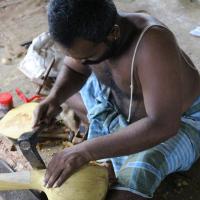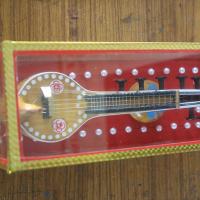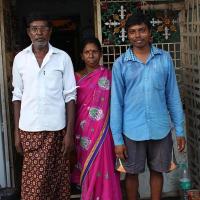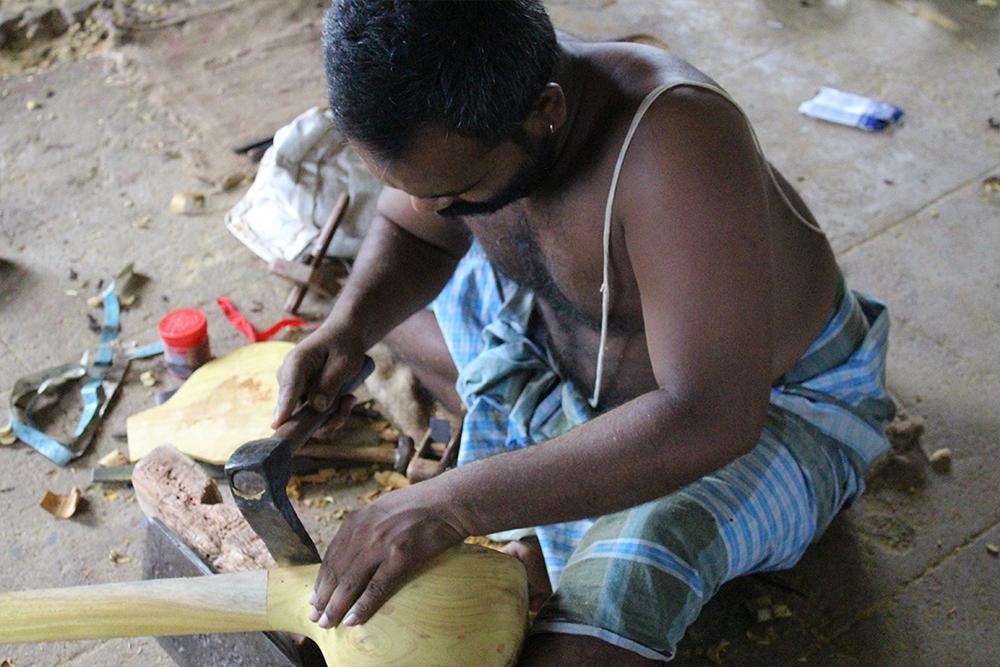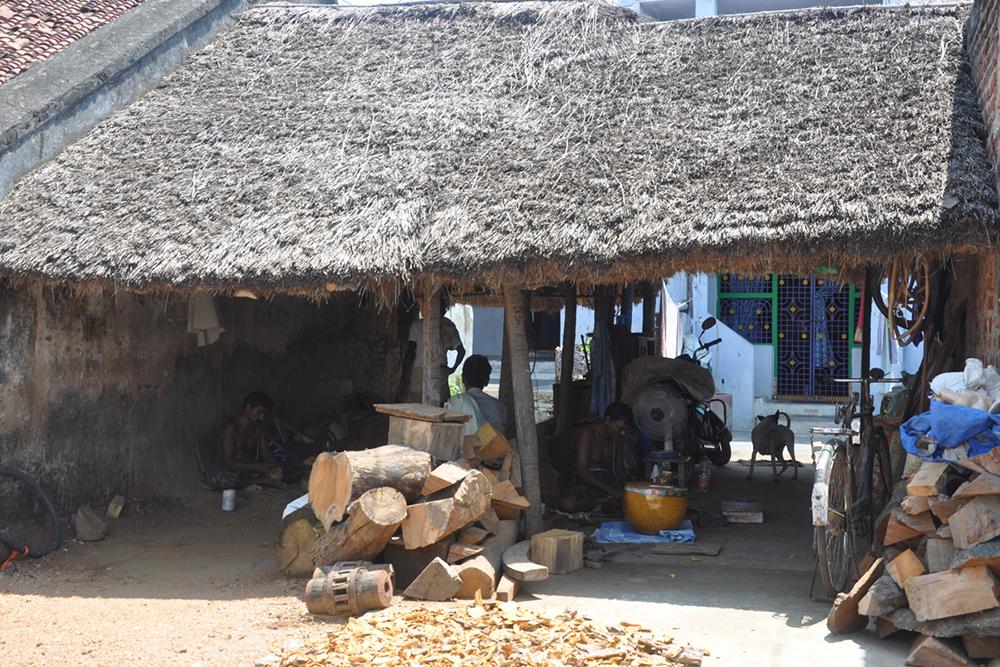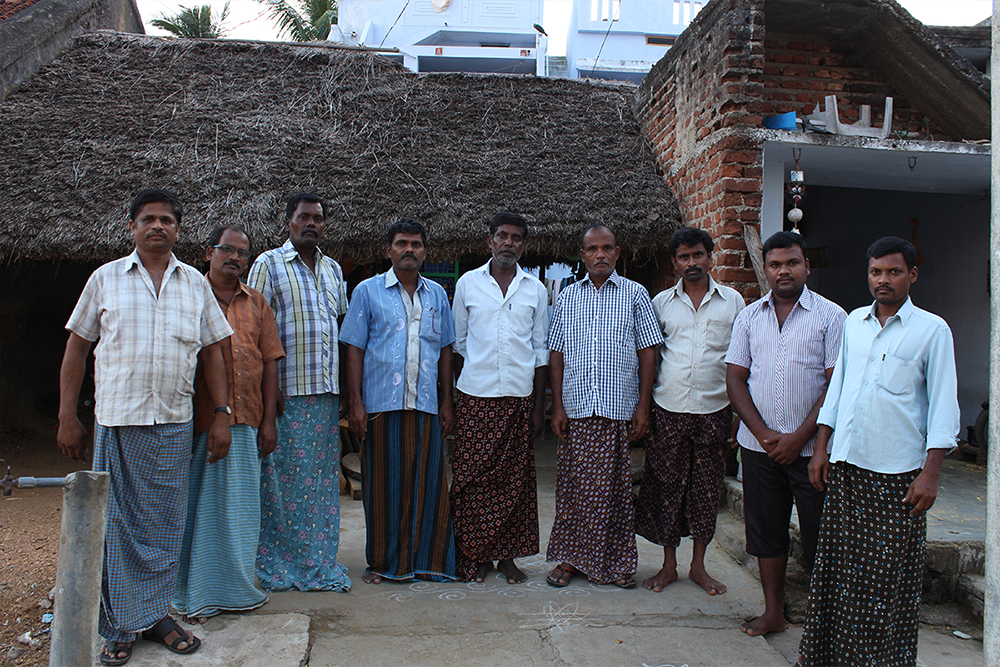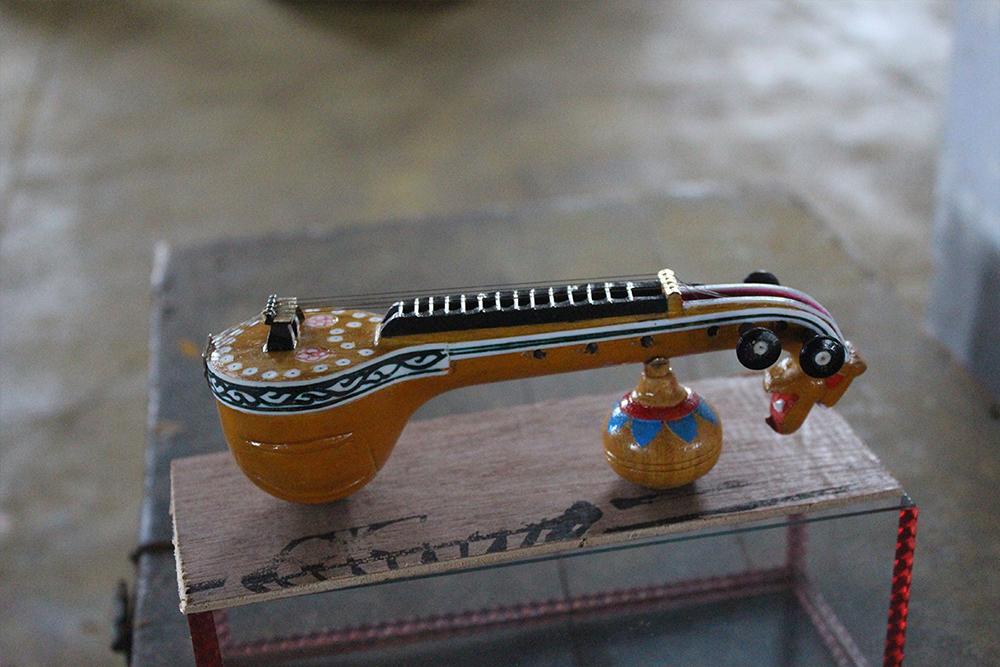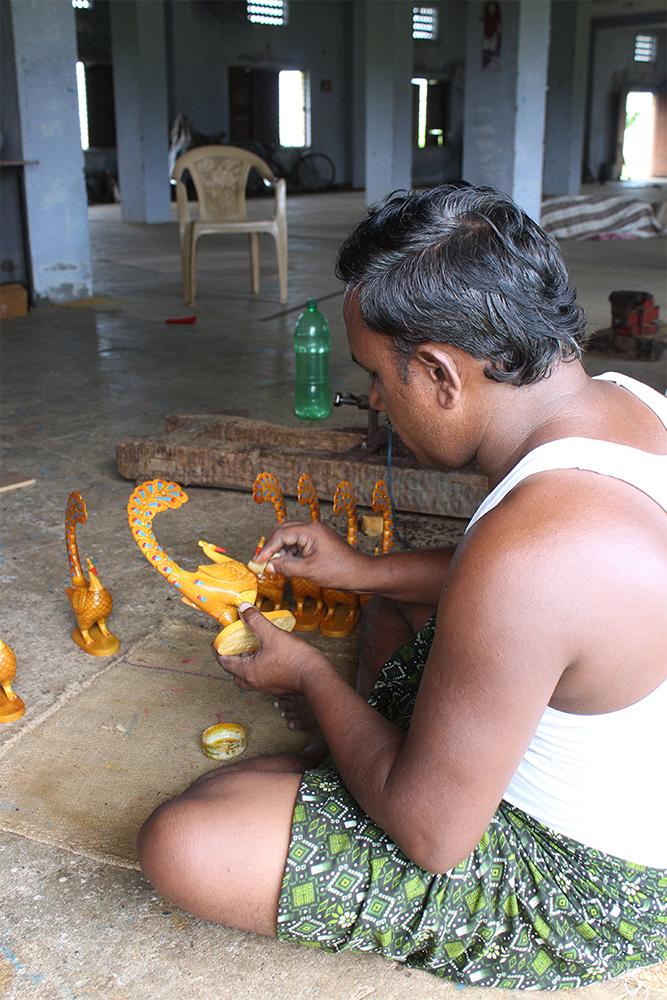Design Gallery
Veena Making - Bobbili, Andhra Pradesh
String Instrument
by
The origin of the Veena can be traced to India's Vedic period. In Hinduism, traditional music has been an integral part of performance arts. Veena is the favorite instrument of several important deities. The Veena, handled by goddess Saraswati, is known as Kachchapi. The size, structure, shape, tuning have all changed from time to time, and the Veena at each stage has had a different name and has sounded different.
The style of playing Veena is called Bani. The making of a Veena also varies to some extent depending on the Bani. Andhra Pradesh also has a tradition of Veena making in a place called Bobbili in the present Vizianagaram district from where the instrument derived its name Bobbili Veena. It is invented and developed in Bobbili in the 17th century during the reign of Pedda Rayudu. Bobbili is a place of historical importance as it was once a princely state and was ruled by kings upon a time. The Rajas of Bobbili were also patrons of the fine arts. They encouraged Veena making, and in those days, Bobbili produced great musicians. In Bobbili village, a couple of families is into Veena making; the Veena's they make are procured by the Craft Development Centre and sold to the outsiders.
For more details:
http://www.dsource.in/resource/veena-making-bobbili-andhra-pradesh
